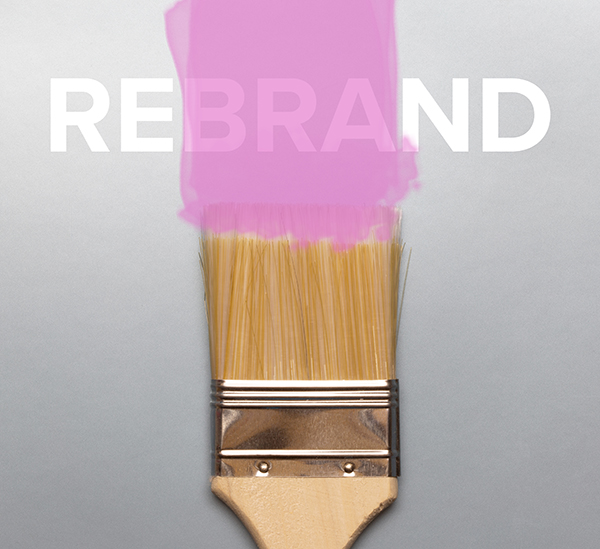Companies pay quite a bit of money to agencies to re-brand themselves. As a former agency owner and corporate marketing leader, I’ve led re-branding efforts at more than 20 companies. Here’s a little secret: you can save a ton of money and do some of this yourself. Here’s the third post in a four-part series about how I go about it.
Quick recap
What you’re trying to create
- Brand values – what you stand for and live every day.
- Core brand statement – the key message you communicate to all audiences.
- Brand personality – the voice in which your brand speaks.
- Brand icons – logos, fonts, colors, product names, layout styles, image styles, clothing, and music – the representations of your brand.
What you’ve done so far
- Interviewed stakeholders with a targeted series of questions
- Transcribed the answers
- Looked for common themes, perceptions, or misperceptions about the brand
- Written your brand values
- Written your core brand statement
What’s next?
Brand personality
You’ve created your values and your core brand statement. Now it’s time for some creativity.
Think about what you’ve already written, and the voice you used to write them. Was it your own? Was it a formal version of you? Did you try to take personality elements out of the descriptions?
If you’re a solopreneur, the brand personality tends to be a version of you. Figure out some descriptors of your voice, write them down, and you’re done.
Solopreneurs: your brand personality is a version of you. Figure out descriptors of your voice, write them down, and you're done. Click To TweetIf you’re representing a bigger brand, think about how you want to be heard. Do your values point to a certain way of speaking? Are you a highly-educated expert, or are you more down-to-earth and relatable? Are you proud or humble? Does your target customer skew older or younger?
Answer all of these questions, and pick a personality. Write down features of that personality in bullet points. A few examples:
- Humble
- Humorous
- Informal
- Relatable
- Intelligent
Brand icons
Brand icons are the “stuff” in the market that represents your brand. The obvious ones are logos and colors. You can’t think about UPS without thinking about brown, for example. Others include layouts, music, and uniforms.
This is the point in which I encourage you to get some help. Unless you are a graphic designer, you can easily miss some very important points about the perceptions of specific design elements or colors.
Graphic design does not have to be expensive. Spend some of your precious time talking to design agencies and looking at their work. If you see a body of work that you really like, start talking to them about your needs, and get a quote. You may be surprised at how affordable this is.
Even if you’re not surprised at the affordability, think about this: How much is the perception of your brand in the marketplace worth?
The final steps
You’ve done all of this great work, and talked to a lot of people. Now it’s time to document the whole thing. This is your brand roadmap. It should be a well-designed document that lays out your brand values, including the paragraphs you wrote earlier about how they came to be and why they’re important; your core brand statement and the expanded paragraph about its meaning, your brand personality and the bullet points you wrote describing it, and your brand icons. The whole document should be no more than about eight pages.
Then what?
Start living your brand values. Hire, fire, and reward employees based on those values. Create your elevator pitch beginning with your core brand statement. Make sure your collateral speaks in your brand personality’s voice. Start using your brand icons in the marketplace.
Live your brand values. Hire, fire, and reward employees based on them. Create your elevator pitch beginning with core brand statement. Write collateral in your brand personality's voice. Click To TweetIn other words, you’ve just begun. You have a strategy and concepts in place, but now you need to execute on them. There’s a lot of additional work to be done, but you can be proud and assured you have the basis for all of it.
